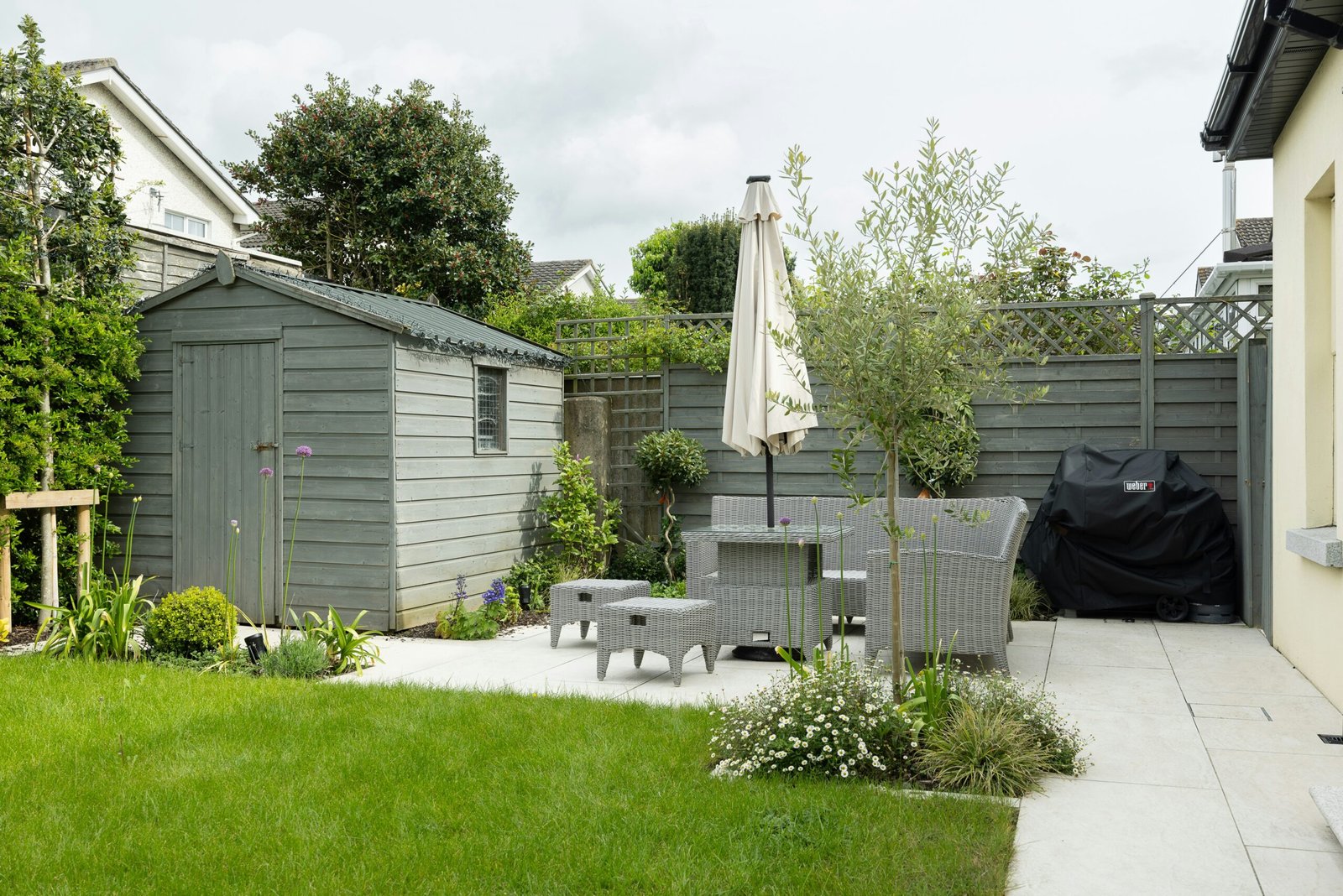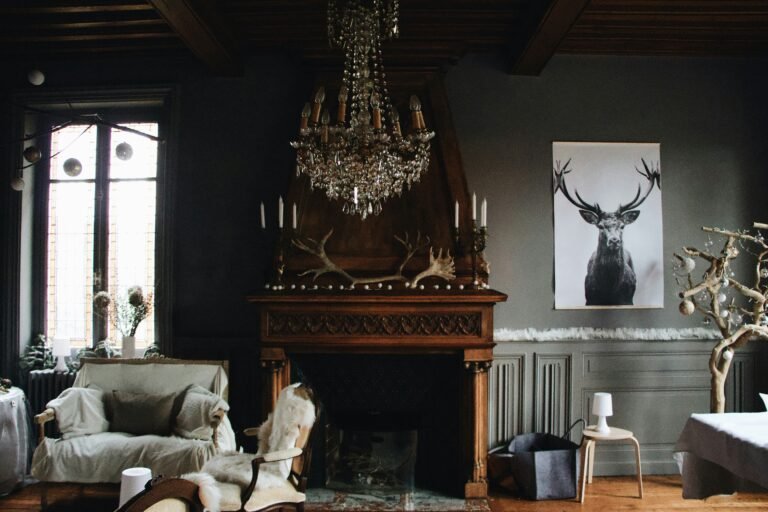Designing an outdoor space is more than just arranging plants and furniture. Outdoor and garden design is about creating an environment that balances beauty, functionality, and sustainability while reflecting your personality. Whether you have a large backyard, a cozy balcony, or a compact urban courtyard, thoughtful design can turn any outdoor area into a welcoming retreat.
When I first started working on my own garden, I quickly learned that design was not just about choosing flowers I liked. It was about understanding how light, soil, structures, and even seasonal changes shaped the overall experience. With the right approach, you can create a garden that looks stunning year round, provides fresh food, supports local wildlife, and offers a personal sanctuary.
In this complete guide, you’ll discover everything you need to know about outdoor and garden design. From small garden design tricks to maximize limited spaces, to vertical gardening solutions for balconies, edible landscaping ideas for blending function with beauty, and sustainable gardening practices for long-term success — this article will walk you through the essentials.
By the end, you’ll not only have design inspiration but also practical steps you can apply right away to shape an outdoor space that truly thrives.
The Foundations of Outdoor and Garden Design
Every great outdoor and garden design starts with a plan. Before you buy plants or build structures, it helps to understand the fundamentals that will shape your space. A thoughtful approach saves money, reduces frustration, and ensures your garden grows beautifully for years to come.
Assess Your Space
Take time to study your garden or outdoor area. Notice how the sun moves across the space, where shade falls, and how water drains after rain. Soil type also matters, sandy, clay, or loamy soils will affect which plants thrive. If you’re unsure, you can get your soil tested through local agricultural extensions or services like the USDA Soil Testing Resources.
Define Your Purpose
Ask yourself: What do you want your garden to be? A place for relaxation, entertaining guests, growing food, or attracting wildlife? Defining your purpose guides your design choices. For example, a family-friendly garden may need open lawn space, while an urban balcony garden might focus on vertical planters and container plants.
Create a Functional Layout
Outdoor and garden design works best when spaces are divided into zones. Consider:
- Living zones: patios, decks, or seating areas.
- Planting zones: flower beds, vegetable patches, or herb spirals.
- Utility zones: compost bins, storage sheds, or tool stations.
A well-planned layout makes your garden not only beautiful but also practical.
Balance Aesthetics and Ecology
Great garden design balances beauty with ecological health. Choosing native plants not only reduces maintenance but also supports pollinators and local wildlife. For inspiration, the Royal Horticultural Society offers excellent advice on plant selection and sustainable practices.
Small Garden Design Ideas That Make a Big Impact
Not everyone has the luxury of a sprawling backyard. In fact, many of us are working with patios, small yards, or compact urban plots. The good news is that small garden design can be just as impactful as larger landscapes when approached creatively. In many cases, a small space forces you to be intentional, which often results in a garden that feels more thoughtful and inviting.
Embrace Vertical and Layered Planting
When horizontal space is limited, think vertical. Using trellises, wall-mounted planters, and tiered shelves helps you add greenery without crowding the ground. For instance, vertical gardening techniques allow you to grow climbers like beans, tomatoes, or decorative ivy along fences and walls. Not only does this save space, but it also creates lush, living walls that add texture and depth.
Choose Scaled-Down Plants and Features
Proportion matters in small gardens. Opt for dwarf trees, compact shrubs, and container-friendly plants. Even fruit trees have patio varieties, like dwarf apple or citrus trees, which thrive in pots. Small water features, like a tabletop fountain or a half-barrel pond, can add tranquility without overwhelming the space.
Maximize Multi-Use Furniture
Incorporating smart furniture doubles your garden’s usability. Benches with hidden storage, folding chairs, or raised planters that double as seating can make a small area more functional. When I redesigned my own courtyard, adding a slim bench with built-in planters along the wall instantly freed up space and made the area feel more open.
Use Mirrors and Illusions of Space
Mirrors aren’t just for interiors. Strategically placing them against walls or fences creates the illusion of a larger garden. Similarly, light-colored paving stones or gravel pathways can brighten up shaded corners and give a sense of openness.
Add Focal Points
Even in the smallest garden, having a focal point gives the eye a place to rest. A bold ceramic pot, a sculpture, or a colorful flower bed can make the space feel designed rather than cluttered.
For more inspiration, resources like Better Homes & Gardens offer clever ideas for maximizing small outdoor spaces.
Vertical Gardening to Maximize Space
One of the smartest ways to transform limited outdoor areas is through vertical gardening. Instead of being restricted to ground-level beds, you can expand upward by using walls, fences, and other structures. This approach is perfect for balconies, patios, and small yards, and it’s also a creative way to add visual drama to larger gardens.
Why Vertical Gardening Works
Vertical gardens maximize space efficiency while improving the health of your plants. Elevating crops improves air circulation, reduces the risk of soil-borne diseases, and makes harvesting easier. In cities where outdoor space is scarce, vertical gardening has become a favorite solution for turning balconies into lush retreats. The American Horticultural Society even highlights vertical gardening as a key strategy for sustainable urban growing.
Structures to Consider
- Trellises and Arches: Ideal for climbing plants like beans, peas, or roses.
- Wall Planters: Pocket planters or mounted containers that let you grow herbs and flowers directly on a fence or wall.
- Hanging Baskets: Great for trailing plants like strawberries, petunias, or cherry tomatoes.
- Stacked Planters: Tiered containers that let you grow a mix of vegetables, herbs, and flowers in a compact footprint.
Best Plants for Vertical Gardening
Some plants naturally thrive when grown vertically, including:
- Edible crops: Tomatoes, cucumbers, pole beans, peas, and zucchini.
- Herbs: Basil, thyme, mint, and oregano in wall planters.
- Flowers: Nasturtiums, morning glories, and clematis for color and pollinator appeal.
Personal Insight
When I set up a vertical herb wall on my own patio, I found it not only freed up ground space but also made cooking far more enjoyable. Having fresh herbs at eye level made them easier to harvest, and the living wall instantly improved the atmosphere of the space.
Combining Beauty and Function
Vertical gardens are not just practical, they can also be artistic. Living walls can be designed with colorful patterns, mixing foliage textures for a striking effect. Even simple structures like a painted wooden trellis with climbing flowers can turn a plain wall into a focal point.
Edible Landscaping for Function and Beauty
One of the most exciting trends in outdoor and garden design is edible landscaping, the art of blending fruits, vegetables, and herbs into traditional landscape designs. Instead of hiding food gardens in a back corner, edible landscaping brings them front and center, creating spaces that are both productive and visually appealing.
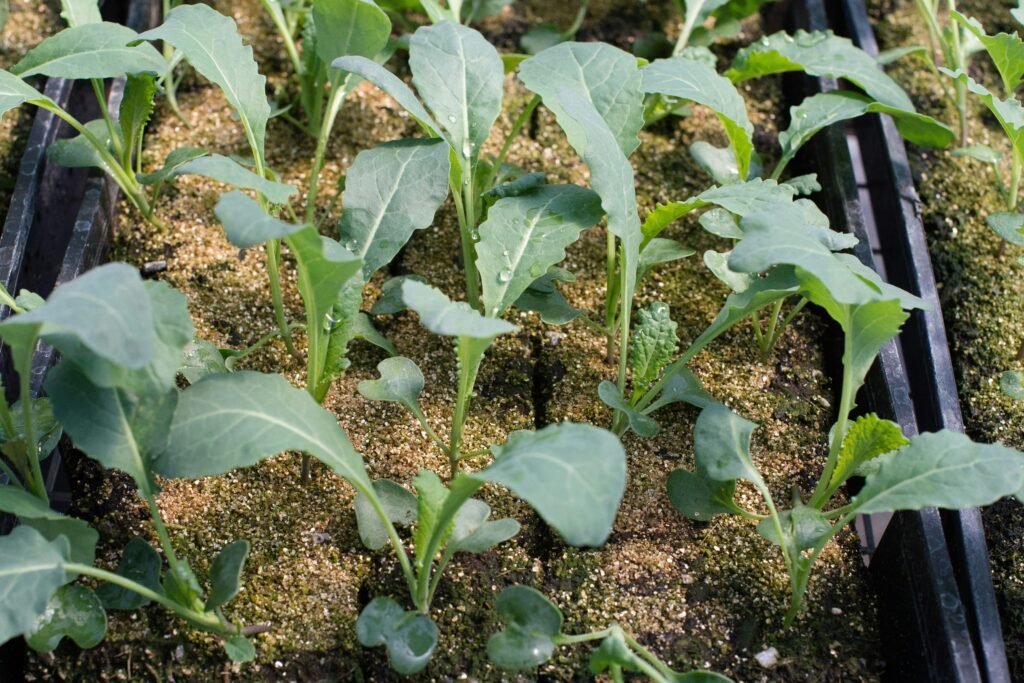
Why Edible Landscaping Matters
Edible plants not only provide fresh, healthy food but also contribute to biodiversity and sustainability. A border of blueberry bushes, for example, can double as an ornamental hedge, while herbs like rosemary or lavender can be used as fragrant ground covers. According to the University of Minnesota Extension, edible landscaping is one of the most effective ways to merge functionality with beauty in modern garden design.
How to Blend Food and Flowers
- Integrate Edibles into Flower Beds: Plant colorful lettuces alongside marigolds or kale among ornamental grasses for striking contrast.
- Fruit Trees as Centerpieces: Dwarf fruit trees like apples, pears, or citrus can serve as shade providers or focal points.
- Herbs as Edging Plants: Chives, thyme, and oregano can frame pathways while being handy for cooking.
- Color and Texture Mixing: Rainbow chard, with its vibrant stems, pairs beautifully with bright annual flowers.
Design Tips for Edible Landscaping
- Think Layers: Use tall fruit trees as the canopy, shrubs like currants or raspberries for the mid-layer, and herbs and leafy greens as ground cover.
- Choose Multi-Purpose Plants: Plants like nasturtiums are edible, attract pollinators, and add bright splashes of color.
- Keep Maintenance in Mind: Group plants with similar water and sunlight needs to simplify care.
A Personal Touch
In my own garden, I started small by mixing kale and calendula in a single bed. Not only did the bed look vibrant, but I also noticed fewer pests. The flowers attracted beneficial insects that kept the kale healthy. That experience convinced me edible landscaping is more than just a trend, it’s a practical design choice that enhances the whole garden.
Inspiration for Beginners
If you’re new to edible landscaping, start with just a few plants. Herbs like basil, parsley, and thyme are easy to maintain and look attractive alongside flowers. Over time, you can expand to berries, fruit trees, and larger crops.
For more creative examples, Mother Earth News regularly features edible garden designs that balance aesthetics with productivity.
Sustainable Gardening Practices for Long-Term Success
Beautiful gardens should also be resilient. The heart of outdoor and garden design is not only about creating stunning spaces but also about ensuring they thrive with minimal environmental impact. Sustainable gardening reduces waste, conserves resources, and creates healthier ecosystems that benefit both people and wildlife.
Composting for Healthier Soil
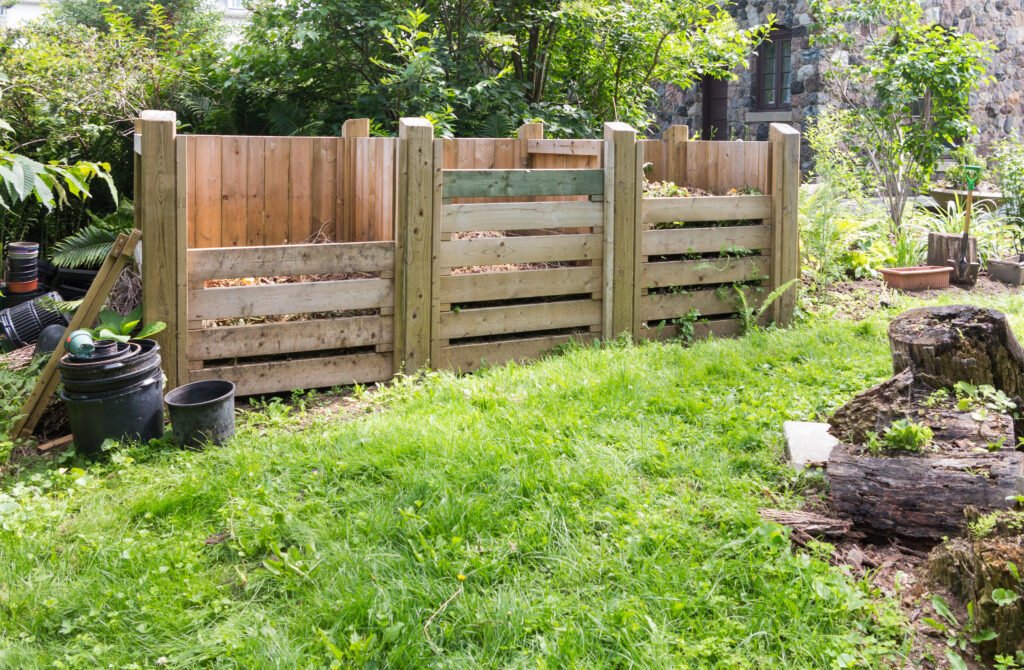
Healthy soil is the foundation of every successful garden. Composting turns kitchen scraps and yard waste into nutrient-rich material that improves soil structure and fertility. When I first built a compost bin in my backyard, I was surprised at how quickly my soil improved. Plants grew stronger, and I relied less on store-bought fertilizers. If you’re new to composting, the EPA’s composting guide offers beginner-friendly steps.
Water Conservation
Water is often the most precious garden resource. Smart design minimizes waste by:
- Installing rain barrels to capture roof runoff
- Building rain gardens that filter and absorb stormwater naturally
- Using drip irrigation systems that deliver water directly to roots
- Mulching to retain soil moisture and suppress weeds
Xeriscaping, a design approach that uses drought-tolerant plants, is particularly valuable in arid regions. The Colorado State University Extension has excellent resources on xeriscaping practices.
Organic Pest Control
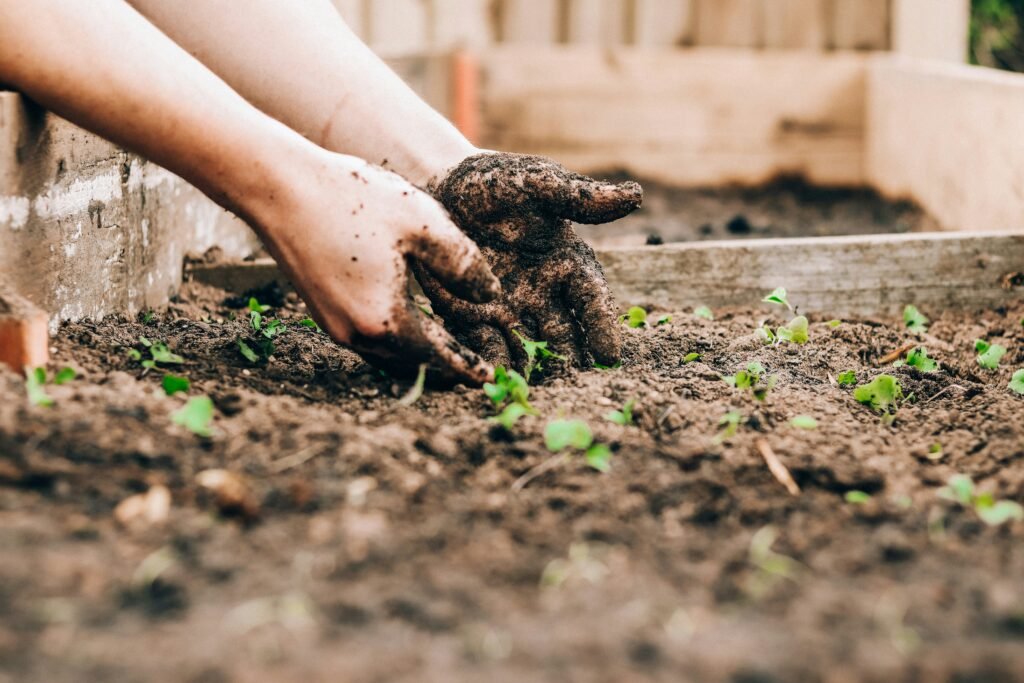
Sustainable gardens avoid harmful chemicals whenever possible. Instead, they rely on organic pest control methods such as:
- Companion planting (like marigolds with tomatoes to deter pests)
- Encouraging beneficial insects such as ladybugs and lacewings
- Applying natural sprays like neem oil or soap solutions
When I added a pollinator-friendly corner with lavender and echinacea, I noticed far fewer pest problems. The increase in beneficial insects balanced the ecosystem naturally.
Choosing Native and Resilient Plants
Native plants are adapted to your local climate, making them low-maintenance and better for wildlife. They often need less water and fertilizer, and they support pollinators and birds. For plant recommendations, the National Wildlife Federation’s native plant finder is a valuable tool.
Reduce, Reuse, Recycle in the Garden
Upcycling materials into garden features is not only eco-friendly but also adds character. Old pallets can be turned into vertical planters, while reclaimed stone or brick can make rustic pathways.
Seasonal Outdoor and Garden Design Planning
Gardens are living spaces that change throughout the year. A smart outdoor and garden design adapts to the seasons, ensuring beauty and productivity in spring, summer, fall, and winter. Planning ahead makes maintenance easier and helps you enjoy your outdoor space year round.
Spring: Preparing for Growth
Spring is the season of renewal. Begin by cleaning up winter debris, refreshing mulch, and testing your soil. This is also the time to sow seeds and plant cool-season vegetables such as lettuce, peas, and spinach. Perennials can be divided and transplanted, and flower beds can be refreshed with new annuals. The USDA Plant Hardiness Zone Map is a helpful resource to determine the best planting times for your area.
Summer: Maintenance and Care
Long days and heat demand attention. Regular watering, especially in the early morning, is crucial. Mulching helps retain moisture and control weeds. Summer is also when pests thrive, so keep an eye out for infestations and use organic controls when needed. Deadheading flowers and harvesting vegetables will keep plants producing throughout the season.
Fall: Harvest and Preparation
Autumn is harvest season, making it one of the most rewarding times in the garden. Collect the last of your fruits and vegetables, and preserve herbs by drying or freezing them. Fall is also ideal for planting bulbs, shrubs, and trees, giving them time to establish roots before winter. This is the season to add compost and prepare garden beds for rest.
Winter: Structure and Planning
Even in colder months, the garden has life. Evergreens, ornamental grasses, and structural elements like trellises or sculptures can bring visual interest. Winter is the time to sharpen tools, review last year’s successes and challenges, and plan for the next season. If you live in a mild climate, hardy vegetables like kale or garlic can be grown during this time.
Personal Note
I’ve found that embracing seasonal rhythms keeps gardening both manageable and enjoyable. Instead of feeling overwhelmed by year-round tasks, I know each season brings its own focus, whether it’s planting, nurturing, harvesting, or dreaming.
Popular Garden Design Styles for Inspiration
Every garden tells a story. The style you choose reflects your personality, lifestyle, and even cultural influences. When it comes to outdoor and garden design, drawing inspiration from classic and modern styles can help you create a space that feels both intentional and unique.
Modern Minimalist Garden Design
Minimalist gardens focus on clean lines, sleek materials, and a restrained color palette. Think geometric paving, architectural plants, and simple water features. Raised beds with uniform plantings or gravel paths bordered by evergreens create a calm, ordered look. For design inspiration, the Garden Design Magazine showcases excellent examples of modern outdoor spaces.
Cottage Garden Design
Romantic and timeless, cottage gardens are bursting with colorful flowers, winding paths, and charming features like arbors and picket fences. These designs embrace informality, with plants like roses, foxgloves, and lavender spilling over borders. Mixing edibles like herbs and berries adds practicality to their nostalgic charm.
Japanese Garden Design
A Japanese garden emphasizes peace and balance. Carefully placed stones, water features, moss, and bonsai or pruned trees create a meditative atmosphere. Gravel or sand raked into patterns can symbolize water, while small bridges and lanterns add depth. Visiting a Japanese garden, like the Portland Japanese Garden, can provide real-life inspiration for this design style.
Wildlife-Friendly Garden Design
Designing with nature in mind means creating habitats for birds, butterflies, and pollinators. Incorporating native plants, wildlife ponds, and insect hotels transforms a backyard into a thriving ecosystem. This style combines beauty with purpose and aligns with the principles of sustainable gardening.
Personal Reflection
When I first experimented with blending styles, I leaned toward a minimalist layout but incorporated elements of a cottage garden. The result was a modern design softened with bursts of color and scent. It reminded me that garden styles aren’t rigid, they can be adapted to suit your taste and space.
Essential Tools and Resources for Outdoor and Garden Design
Even the best outdoor and garden design ideas need the right tools to bring them to life. Investing in a few quality essentials will make every task from planting to pruning easier and more enjoyable.
Must-Have Garden Tools
- Hand Trowel: Ideal for planting, transplanting, and digging small holes.
- Pruning Shears: Essential for trimming shrubs, flowers, and small branches.
- Garden Fork: Helps aerate soil and turn compost effectively.
- Spade or Shovel: Necessary for digging larger holes or moving soil.
- Watering Can or Hose with Nozzle: Ensures plants receive consistent, gentle watering.
- Wheelbarrow: Makes hauling soil, mulch, or heavy pots much easier.
When I first began my own garden journey, I underestimated how much easier good tools could make the work. Swapping a cheap trowel for a sturdy, ergonomically designed one transformed planting days from frustrating to enjoyable.
Maintenance and Safety Tools
- Gardening Gloves: Protect your hands from blisters, thorns, and soil.
- Garden Kneeler or Pad: Provides comfort when working close to the ground.
- Storage Shed or Cabinet: Keeps tools dry and organized, extending their lifespan.
Technology in Garden Design
Garden design apps and digital planners have become increasingly popular. They allow you to sketch layouts, experiment with plant placement, and even calculate sunlight exposure. While I still love sketching with pencil and paper, I’ve found apps helpful for visualizing complex spaces.
Conclusion
Designing your outdoor space is one of the most rewarding projects you can take on. From thoughtful layouts and small garden design solutions to creative vertical gardening, edible landscaping, and sustainable gardening practices, the possibilities are endless. What matters most is creating a garden that reflects your personality, supports your lifestyle, and thrives throughout the seasons.
When I first explored outdoor and garden design, I thought it was mainly about choosing attractive plants. Over time, I learned it’s really about shaping a living environment. One that grows with you, provides nourishment, and invites relaxation. Whether you’re working with a balcony, courtyard, or expansive yard, your garden has the power to become a sanctuary.
By combining beauty with function and sustainability, you can create a space that not only looks stunning but also benefits the environment and enriches your daily life. So take the first step: sketch a plan, choose plants that inspire you, and let your outdoor space evolve into something truly special.
Your garden isn’t just a design project, it’s a lifelong journey. And with every season, every harvest, and every bloom, it will reward you for the care you’ve invested.
Alex is the creator of Homely Haven, a space dedicated to simple, stylish ideas for interiors and gardens alike. With a passion for cozy living rooms, inviting outdoor spaces, and practical DIY solutions, Alex shares tips and guides that help turn any house into a true home.
From budget-friendly decorating hacks to weekend garden projects, the goal is always the same: to inspire you to create spaces that feel personal, beautiful, and welcoming. When not writing, Alex is usually rearranging furniture, sketching new garden layouts, or exploring design trends for the next project.

